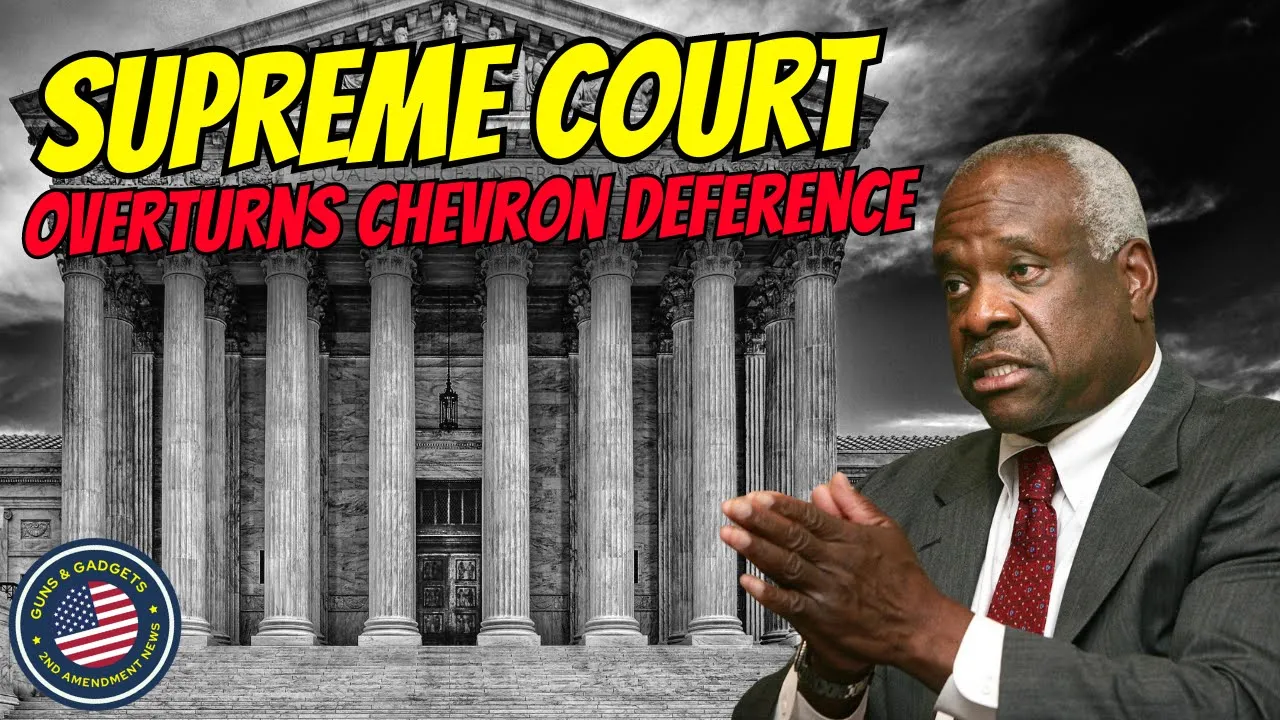Chevron Deference Doctrine

Chevron decision supreme court – The Chevron Deference Doctrine is a legal doctrine that requires courts to defer to an agency’s interpretation of its own regulations. The doctrine is based on the idea that agencies have expertise in their particular areas of law and that courts should not second-guess their interpretations.
The Chevron Deference Doctrine was established by the Supreme Court in the case of Chevron U.S.A., Inc. v. Natural Resources Defense Council, Inc. (1984). In Chevron, the Court held that courts should defer to an agency’s interpretation of its own regulations if the interpretation is reasonable and not arbitrary or capricious.
Examples of Chevron Deference in Action, Chevron decision supreme court
The Chevron Deference Doctrine has been applied in a wide variety of cases. Some examples include:
- In Auer v. Robbins (1997), the Supreme Court held that the Department of Labor’s interpretation of its own regulations regarding overtime pay was entitled to deference.
- In United States v. Mead Corp. (2001), the Supreme Court held that the Environmental Protection Agency’s interpretation of its own regulations regarding air pollution was entitled to deference.
- In King v. Burwell (2015), the Supreme Court held that the Internal Revenue Service’s interpretation of the Affordable Care Act was entitled to deference.
Potential Implications of Chevron Deference
The Chevron Deference Doctrine has a number of potential implications. First, it can give agencies a great deal of power to interpret their own regulations. This can be a good thing if the agencies are experts in their fields and are acting in the public interest. However, it can also be a bad thing if the agencies are not experts or are acting in their own self-interest.
Second, the Chevron Deference Doctrine can make it difficult for courts to review agency actions. If a court defers to an agency’s interpretation of its own regulations, the court will not be able to second-guess the agency’s interpretation, even if the interpretation is unreasonable or arbitrary or capricious.
Case Studies and Analysis: Chevron Decision Supreme Court

Chevron Deference has been applied or challenged in numerous cases since its establishment. Analyzing these case studies provides valuable insights into the factors influencing the Court’s decisions and the broader implications for the doctrine.
One significant case study is Chevron U.S.A., Inc. v. Natural Resources Defense Council, Inc. (1984), where the Court upheld Chevron Deference. The case involved the Environmental Protection Agency’s (EPA) interpretation of the Clean Air Act, specifically the definition of “stationary source.” The Court found that the EPA’s interpretation was reasonable and consistent with the statute’s purpose.
Key Factors Influencing the Court’s Decisions
Several key factors have influenced the Court’s decisions in cases involving Chevron Deference:
- Congressional Intent: The Court considers the intent of Congress in enacting the statute being interpreted. If the statute is ambiguous or unclear, the Court will defer to the agency’s interpretation if it is reasonable.
- Agency Expertise: The Court recognizes that agencies have specialized knowledge and expertise in their respective fields. When an agency has experience and technical understanding, the Court is more likely to defer to its interpretations.
- Consistency: The Court considers whether the agency’s interpretation is consistent with its past practices and interpretations of similar statutes. Consistency provides stability and predictability in the regulatory landscape.
Implications for Chevron Deference Doctrine
The case studies and analysis of Chevron Deference have significant implications for the doctrine itself:
- Scope of Deference: The cases have clarified the scope of Chevron Deference, limiting it to situations where the statute is ambiguous and the agency’s interpretation is reasonable.
- Judicial Review: Chevron Deference has strengthened the role of agencies in interpreting statutes, limiting the scope of judicial review. However, the Court has also emphasized that judicial review remains important to ensure that agencies do not exceed their authority.
- Policy Implications: The application of Chevron Deference has had broader policy implications. It has influenced the balance of power between agencies and courts and has shaped the regulatory landscape in various industries.